Introduction
In environments where technology faces tough conditions, rugged laptops and tablets are indispensable. Panasonic and Getac are leading manufacturers in this niche, offering robust devices designed to withstand extreme environments. This blog will delve into the characteristics, histories, and target audiences of both brands, providing a detailed comparison of their fully and semi-rugged models. We'll explore real-world usage scenarios, highlighting which industries benefit most from each brand, and conclude with a buying guide to help you choose the right device for your needs.
Key Takeaways
- Panasonic and Getac are leading manufacturers of rugged devices, each offering fully and semi-rugged options tailored to various industries.
- Fully rugged devices provide maximum durability and are ideal for extreme environments, while semi-rugged devices offer a balance of durability and cost for less severe conditions.
- Choosing the right device involves assessing environmental conditions, required features, performance needs, brand reputation, and budget.
- Both brands have a rich history of innovation and reliability, making them top choices in the rugged device market.

History and Background
Panasonic
Panasonic, a Japanese multinational electronics corporation, was founded in 1918. Known for its diverse range of electronic products, Panasonic entered the rugged device market with its Toughbook series in the late 1990s. The Toughbook line quickly gained a reputation for its durability and reliability, becoming a preferred choice for professionals in demanding fields.
Getac
Getac, a subsidiary of the Taiwanese company MiTAC-Synnex, was established in 1989. Specializing in rugged computing solutions, Getac has focused on producing high-performance, durable devices for industries such as military, law enforcement, and field service. Over the years, Getac has become synonymous with rugged reliability and cutting-edge technology.
Segment and Target Audience: Panasonic vs Getac
Panasonic
Panasonic's rugged devices target a wide range of industries, including:
- Public Safety: Police, fire, and emergency medical services.
- Military and Defense: Tactical operations and field use.
- Field Service: Utilities, maintenance, and repair services.
- Construction: On-site data access and communication.
- Healthcare: Mobile diagnostics and patient care.
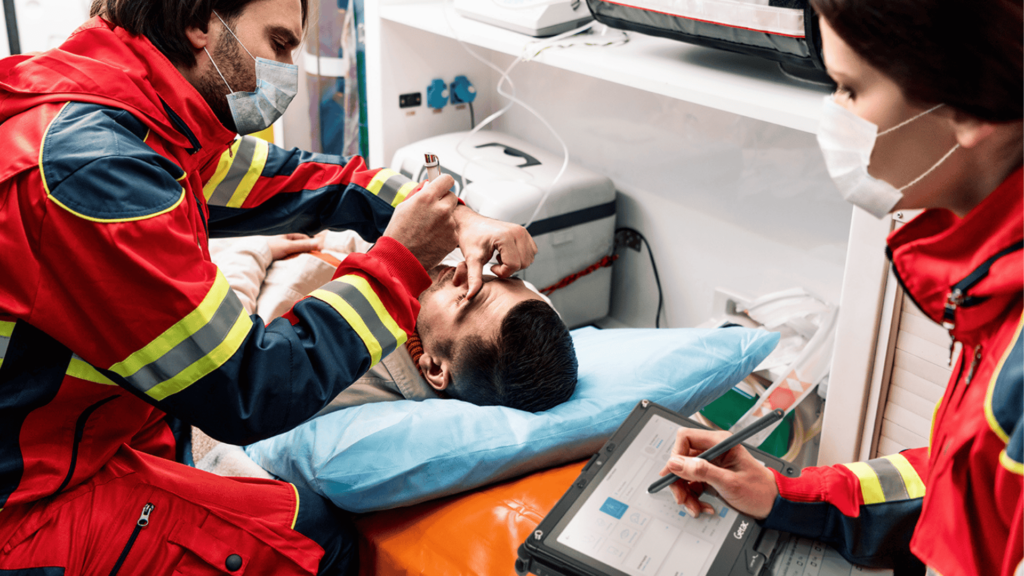
Getac
Getac's rugged devices are tailored for sectors requiring the highest durability and performance, such as:
- Military and Defense: Combat-ready devices for extreme conditions.
- Public Safety: Law enforcement and emergency response.
- Utilities: Field work in harsh environments.
- Transportation and Logistics: Fleet management and on-the-go computing.
- Manufacturing: Factory floor and industrial applications.
Characteristics and Features
Panasonic
Fully Rugged Devices:
- Build Quality: MIL-STD-810G/H and IP65/IP68 certifications for extreme durability.
- Display: High-brightness, sunlight-readable screens.
- Performance: Latest Intel processors, ample RAM, and fast SSD storage.
- Battery Life: Extended battery options with hot-swappable capabilities.
- Connectivity: Comprehensive connectivity options, including LTE, GPS, and multiple ports.
Semi-Rugged Devices:
- Build Quality: MIL-STD-810G and IP54 certifications.
- Display: Enhanced readability with anti-glare screens.
- Performance: Reliable processing power suitable for most field applications.
- Battery Life: Good battery life with standard and extended options.
- Connectivity: Robust connectivity features, though slightly fewer than fully rugged models.
Getac
Fully Rugged Devices:
- Build Quality: MIL-STD-810G/H and IP65/IP67 certifications for maximum protection.
- Display: Advanced sunlight-readable and touchscreen technology.
- Performance: High-performance processors, extensive RAM, and high-speed storage.
- Battery Life: Long-lasting batteries with hot-swappable options.
- Connectivity: Full range of connectivity options, including advanced GPS and LTE.
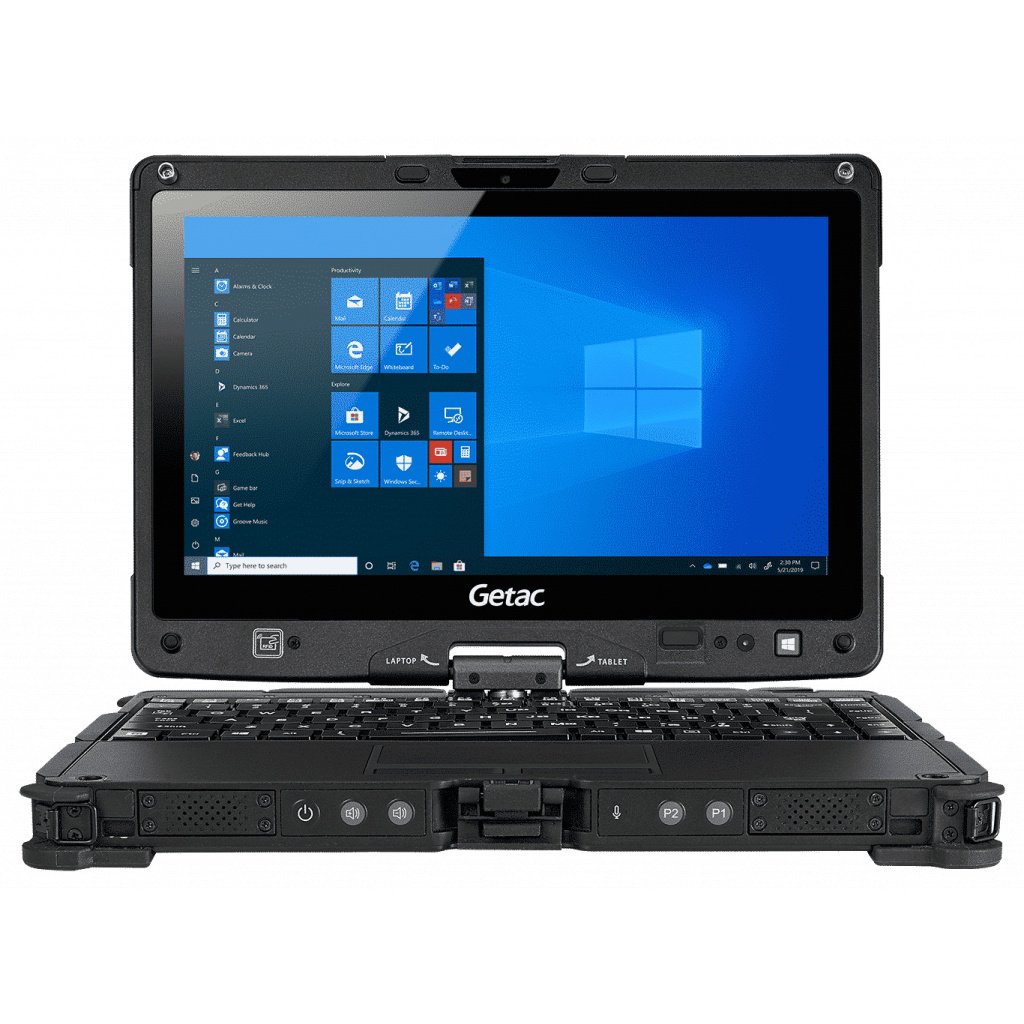
Semi-Rugged Devices:
- Build Quality: MIL-STD-810G and IP54 certifications.
- Display: Clear and bright screens suitable for outdoor use.
- Performance: Efficient processors and adequate RAM for field tasks.
- Battery Life: Solid battery life with options for extended use.
- Connectivity: Essential connectivity features, ensuring reliable communication.
Fields and Cases for Panasonic and Getac
Panasonic
Industries and Use Cases:
- Public Safety: Police departments use Panasonic Toughbooks for mobile data terminals, ensuring reliable communication and data access in patrol vehicles.
- Healthcare: Panasonic Toughbooks are used in hospitals for patient records management, offering mobility and durability needed in a healthcare setting.
- Construction: Construction managers rely on Panasonic devices for on-site data collection and project management, benefiting from the device's rugged build.
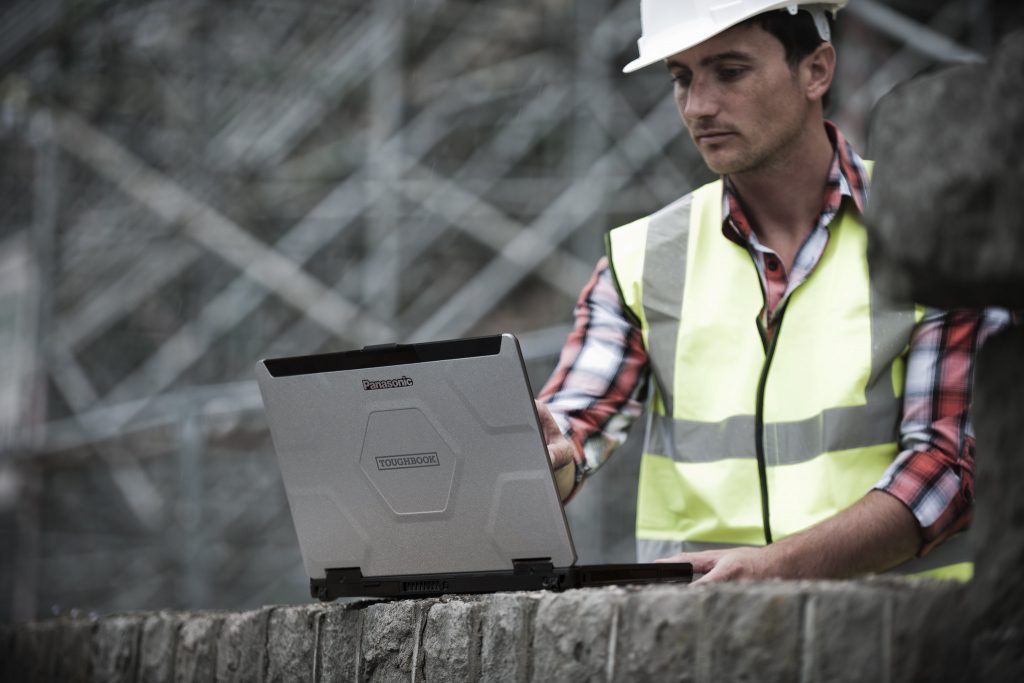
Real-World Example:
- Case Study: A police department in New York adopted the Panasonic Toughbook CF-33 for its patrol cars. The fully rugged design ensured reliable performance despite constant vibrations and impacts, while the hot-swappable battery allowed for uninterrupted use during long shifts.
Getac
Industries and Use Cases:
- Military: Getac B300 devices are deployed in combat zones, providing soldiers with reliable, durable computing power that withstands extreme conditions.
- Utilities: Field technicians use Getac devices for maintenance and repair tasks in harsh weather, leveraging the device's robust build and long battery life.
- Transportation: Getac rugged tablets are used for fleet management, enabling real-time tracking and communication in logistics operations.
Real-World Example:
- Case Study: A utility company in Texas equipped its field technicians with Getac F110 tablets. The fully rugged build allowed the tablets to endure extreme heat and occasional drops, while the sunlight-readable display ensured clear visibility in bright conditions.
Comparison of Relevant Models
Fully Rugged Models
- Build and Durability: MIL-STD-810G/H, IP65
- Display: 12" QHD, 2-in-1 detachable
- Performance: Intel Core i5/i7, up to 16GB RAM, SSD storage
- Battery Life: Up to 20 hours with optional long-life battery
- Connectivity: Wi-Fi, Bluetooth, GPS, LTE option
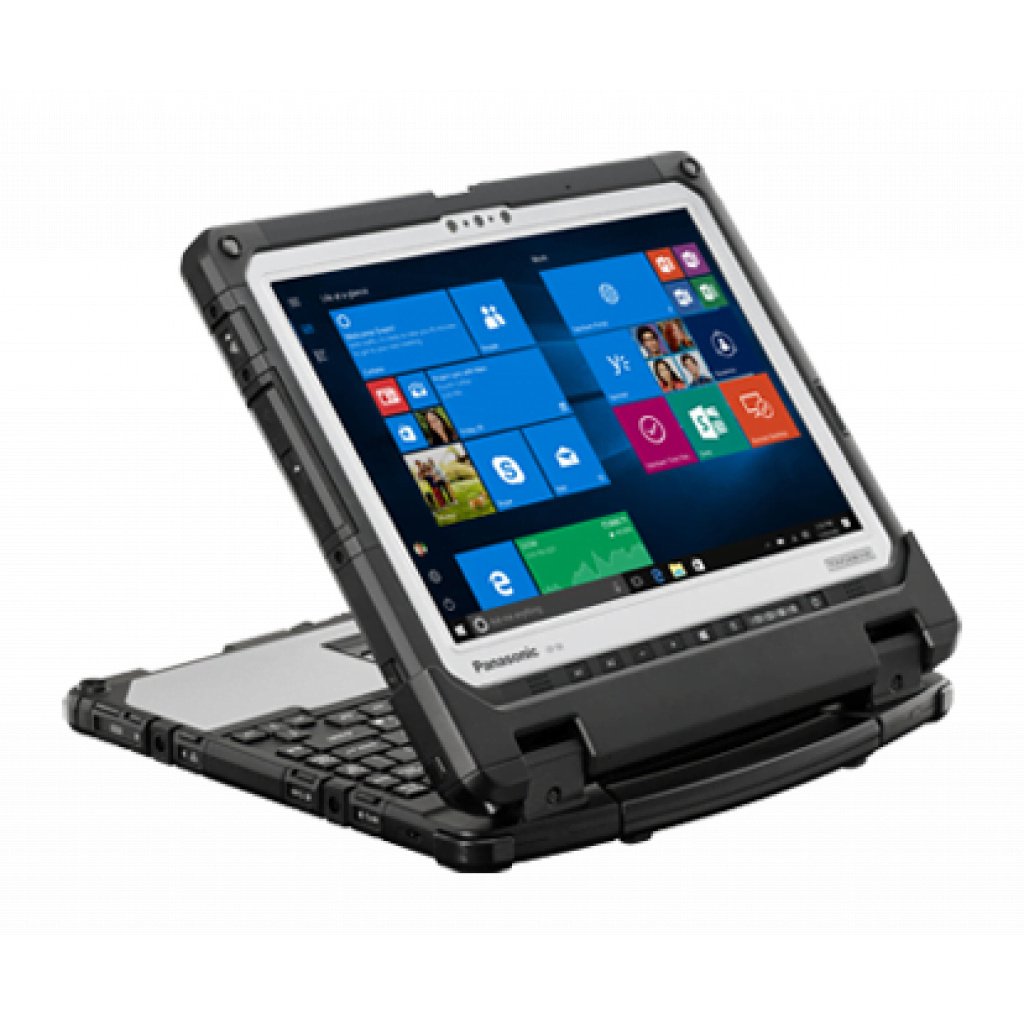
Semi-Rugged Models
- Build and Durability: MIL-STD-810G, IP54
- Display: 14" FHD, outdoor-readable
- Performance: Intel Core i5/i7, up to 16GB RAM, SSD storage
- Battery Life: Up to 11 hours
- Connectivity: Wi-Fi, Bluetooth, GPS, LTE option
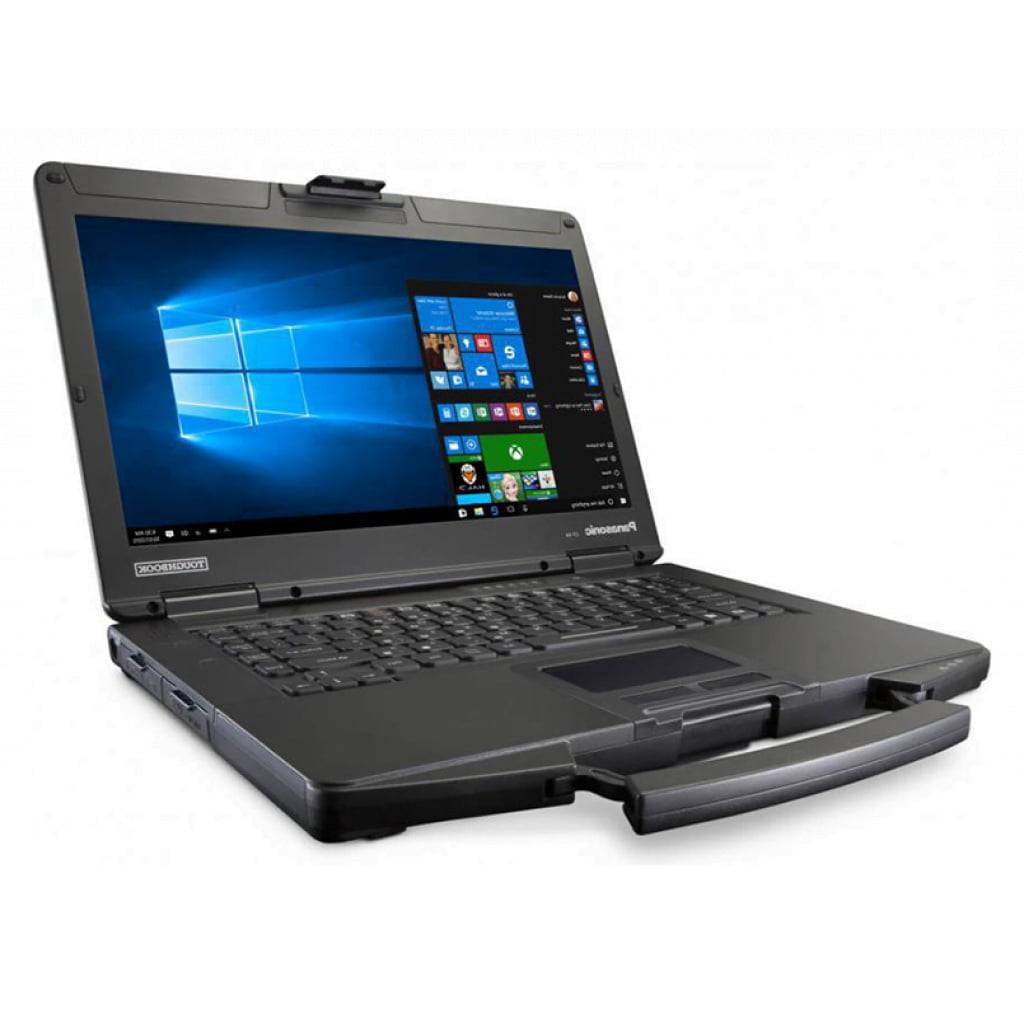
- Build and Durability: MIL-STD-810G, IP54
- Display: 14" sunlight-readable
- Performance: Intel Core i5/i7, up to 16GB RAM, SSD storage
- Battery Life: Up to 13 hours
- Connectivity: Wi-Fi, Bluetooth, GPS, LTE option
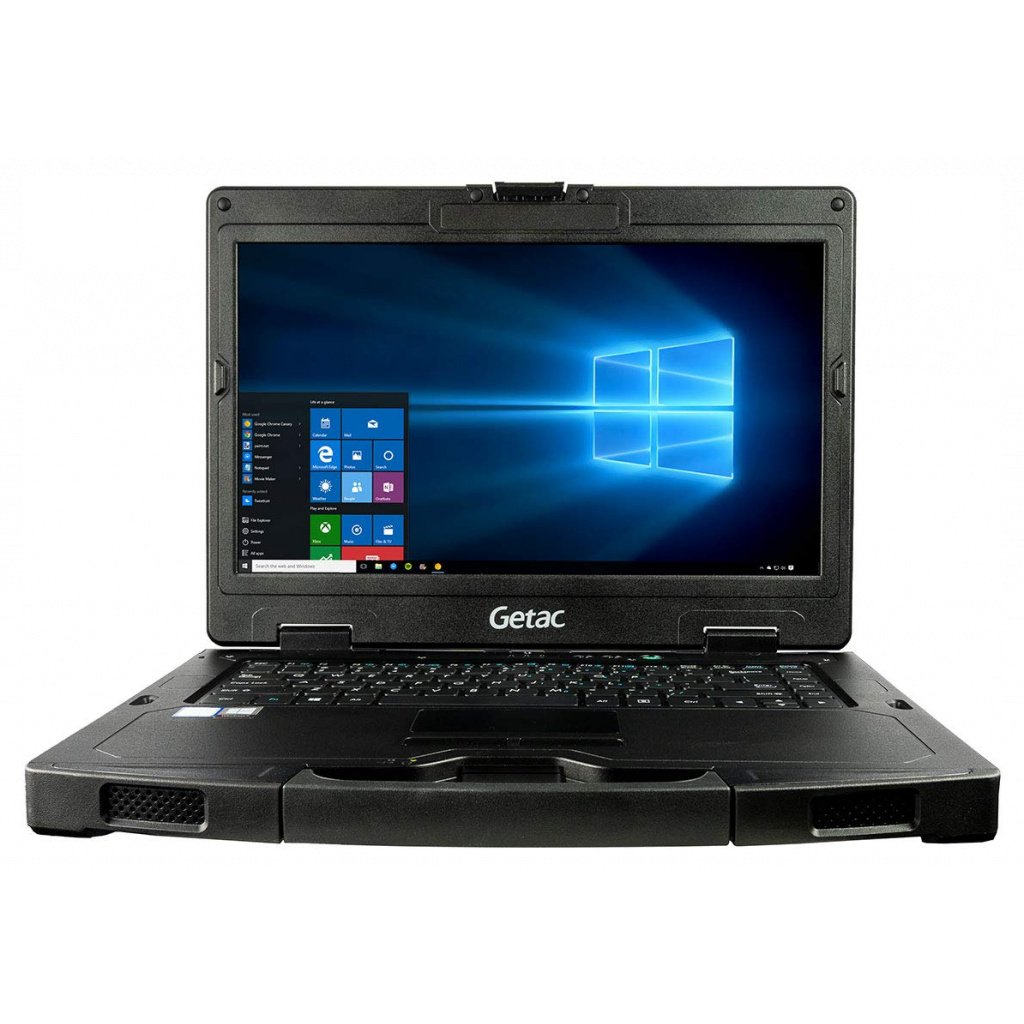
Buying Guide
- Assess Your Environment: Consider the physical conditions in which the device will be used. For extreme environments, fully rugged devices are ideal, while semi-rugged devices suffice for moderately harsh conditions.
- Determine Key Features: Identify essential features such as battery life, display readability, and connectivity options based on your operational needs.
- Evaluate Performance Needs: Choose a device with the appropriate processing power and storage capacity to handle your applications.
- Consider Brand Reputation: Both Panasonic and Getac offer reliable rugged devices. Evaluate their histories and customer reviews to make an informed decision.
- Budget Considerations: Fully rugged devices are more expensive than semi-rugged ones. Ensure the chosen device fits within your budget while meeting all necessary requirements.
Conclusion
Choosing between Panasonic and Getac for rugged laptops and tablets involves understanding your specific needs and the environments in which the devices will be used. Both brands offer high-quality, durable devices that cater to different levels of ruggedness. By considering the characteristics, performance, and real-world applications discussed in this blog, you can make an informed decision that ensures reliability and efficiency in your field operations.
FAQ
Which industries benefit most from using Panasonic and Getac devices?
Industries such as military, public safety, utilities, transportation, healthcare, and construction benefit most from using rugged devices from Panasonic and Getac.
How do I choose between a Panasonic and a Getac device?
Consider the specific features, performance, and durability requirements of your tasks, along with brand reputation and budget, to choose between Panasonic and Getac devices.

Ulrik Maxen: Specialist in rugged computers and mobile scanners
Ulrik is an industry veteran with over two decades of expertise working with rugged computers and mobile barcode scanners. Brands include Panasonic, DELL, Getac, Zebra, and Honeywell/Intermec. He is known for his commitment to delivering products and solutions that increase operational efficiency. Dedicated to following new market trends and client satisfaction, Ulrik is a trusted advisor where rugged computers and mobile barcode scanners must be deployed.




